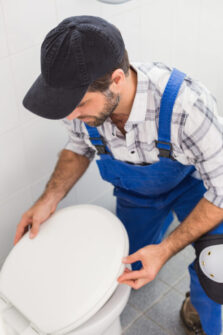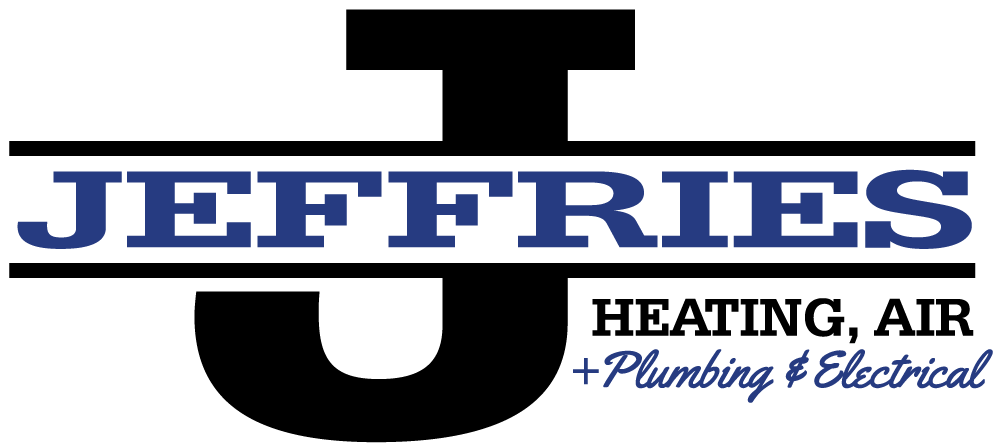7 Common Signs That Your Toilet May Need to Be Replaced

One of your home’s most important components is the plumbing system. Though it is easy to neglect it, you must schedule tune-ups to ensure it continues to perform effectively. Your pipes might fail, generating huge hassles and perhaps a major mess. Understanding your drainage system and knowing when to call a professional for toilet repair is vital for staying on top of problems. A smoothly functioning toilet is essential for ensuring not only daily comfort but also hygiene. Here are a few red flags that indicate a toilet replacement is necessary.
1. Cracks in the Bowl and Tank
Cracks in your toilet’s bowl or tank pose serious issues. Visibly fractured porcelain, often stemming from wear, impact or age, isn’t merely cosmetic; it signifies potential leaks and structural instability. These cracks weaken the toilet’s integrity, allowing water to leak onto the floor. This, in turn, promotes mold or mildew growth. Such leaks also cause water wastage, escalating utility bills. Repairing cracks might offer a temporary fix, but long-term reliability remains doubtful. Cracks demand prompt attention.
2. Constant Clogging
Persistent blockages, despite attempts to unclog, often indicate plumbing problems or structural defects within the system. This recurrent issue makes daily toilet use difficult and frustrating. It could result from problems such as improper drainage, poor flushing or a faulty trap. Continuing to use a toilet prone to frequent clogs can lead to repeated maintenance costs and persistent hassles.
3. Frequent Repairs
Frequent repairs serve as a red flag indicating the imminent need for toilet replacement. A toilet requiring constant fixes for recurring leaks, malfunctioning flush mechanisms or deteriorating components suggests deeper underlying issues. It hints at the system’s aging or irreparable damages, making each fix a temporary solution. The cumulative cost of repairs and the inconvenience caused by repeated breakdowns can outweigh the benefits of maintaining the existing toilet.
4. Age of the Toilet
The age of a toilet is a critical factor signaling potential replacement. Typically lasting about 25 years, older toilets exhibit wear, inefficiency and increased likelihood of problems. An aging toilet may suffer from deteriorating parts, reduced flushing power and increased water consumption due to outdated technology. Finding replacement parts might also become challenging as toilets age, increasing maintenance costs. Moreover, outdated designs might not meet current performance standards. Considering technological advancements and the wear-and-tear over time, an aging toilet becomes prone to frequent issues.
5. Constantly Running
This persistent running occurs when the flapper valve, responsible for sealing the water tank, becomes faulty, allowing water to flow continuously into the bowl. This issue not only wastes water but also increases utility bills. Constant running may also signify problems with the fill valve or other internal mechanisms, contributing to water inefficiency and potential water damage. Despite attempted fixes like adjusting the flapper or float, a consistently running toilet indicates the need for a new, properly functioning system to conserve water and ensure optimal toilet performance.
6. Difficulty When Flushing
Difficulty when flushing denotes potential problems necessitating toilet replacement. Issues like weak flushes, incomplete flushing or needing to hold the handle down for proper operation signal underlying inefficiencies. This might stem from mineral buildup affecting the flushing mechanism, clogged rim holes impeding water flow or an inadequate water level in the tank. A poorly flushing toilet causes inconvenience and indicates inefficiency, potentially leading to unsanitary conditions.
7. Wobbly Toilet
Instability or movement when sitting on the toilet suggests problems with the seals, wax ring or the toilet’s base. This instability may result from loose bolts, a deteriorated wax ring causing improper sealing or floor damage beneath the toilet. A wobbly toilet poses safety risks and indicates potential leaks, leading to water damage. Addressing this sign promptly is essential to prevent further damage to the flooring and underlying structures.
Don’t overlook the signs indicating your toilet might need replacing. The mentioned signs aren’t just inconveniences; they signal potential larger issues. Act now to prevent water wastage, structural damage or hefty repair bills. Even if your toilet seems fine, scheduling regular tune-ups can catch problems early. At Jeffries Heating & Air + Plumbing, we offer not only plumbing but also heating and cooling services to residents in Somerset and surrounding areas. We are a BBB-accredited company with experienced plumbers who can help assess your toilet’s condition and consider a replacement if necessary. Contact us today at Jeffries Heating & Air + Plumbing to book an appointment.
